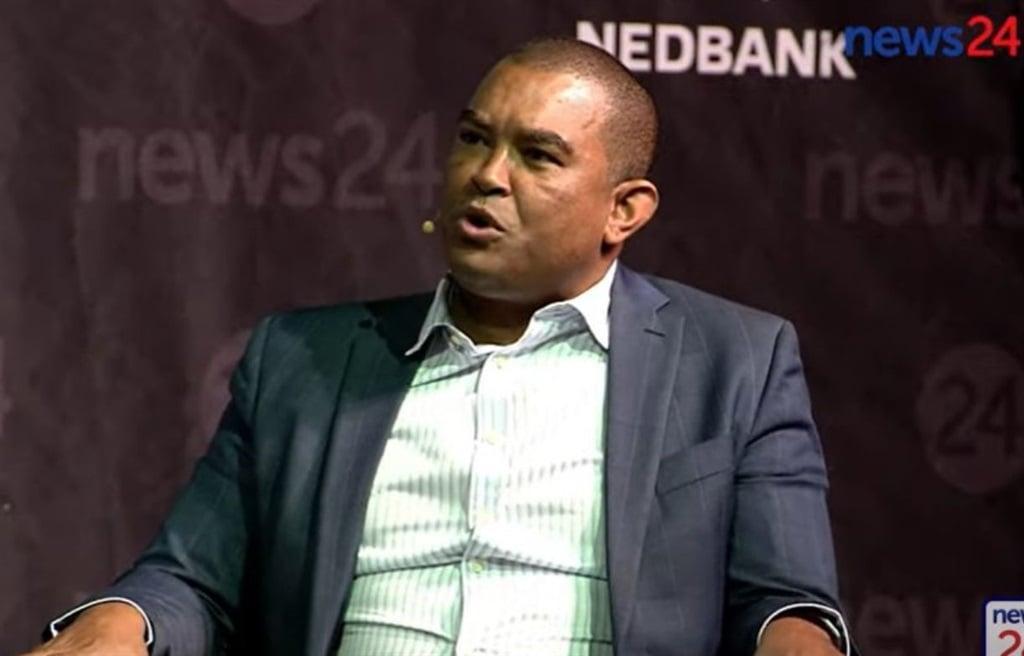Africa-Press – South-Africa. South Africa will focus on fixing its dilapidated coal-fired power plants and the longer-term roll-out of at least 50GW of private renewable energy projects by the end of the decade to tackle crippling blackouts, according to senior officials in the nation’s presidency.
South Africa has been subjected to outages since 2008 because Eskom is unable to meet demand for power from its old and poorly maintained plants. The power cuts have intensified since last year, despite repeated government assurances that it’s tackling the problem, and there are fears they could get even worse during the winter months when electricity demand increases.
Repairs to Eskom’s two newest power stations — Medupi and Kusile — and the completion of maintenance at its Koeberg nuclear plant will be prioritised, and the energy crisis should begin abating toward the end of the year, said Rudi Dicks, the head of the presidency’s project management office. Plans to retire some old coal-burning plants that are still performing well can also be delayed until the system has been stabilised, depending on the pace that private generation is added, he said.
“We don’t want to go on discussing load shedding,” Dicks said in an interview at Bloomberg offices in Johannesburg. “Put me in front of a wall and shoot me if it’s not sorted out in the next two years.”
The electricity shortages have pushed up the cost of doing business, deterred investment and weighed on the rand and government bonds. With elections due to take place next year and opinion polls showing the ANC is in danger of losing its national majority, South African President Cyril Ramaphosa is under pressure to show progress in turning the situation around.
A government decision in July to remove the cap on how much power private producers can generate without a license is one measure that’s gained traction. The project management office expects about 1 800MW of private capacity to be added to the grid this year and substantially more thereafter.
The breakout of Eskom’s transmission business into a separate unit, which should have its own board appointed by the end of June, is also seen as encouraging the development of additional plants.
“We’re moving very quickly from a centrally planned energy system to a decentralised liberalised electricity market,” Saul Musker, director of strategy and delivery support in the presidency, said in the interview. He envisions that between 50 and 60 gigawatts of renewable energy capacity will be added by 2030, which should be sufficient to replace about 24 gigawatts of output from coal-fired plants that are decommissioned, and meet additional demand, he said.
“In the end, the best, the least-cost optimal energy mix for the country is a huge amount of wind and solar and battery storage,” Musker said.
For More News And Analysis About South-Africa Follow Africa-Press






